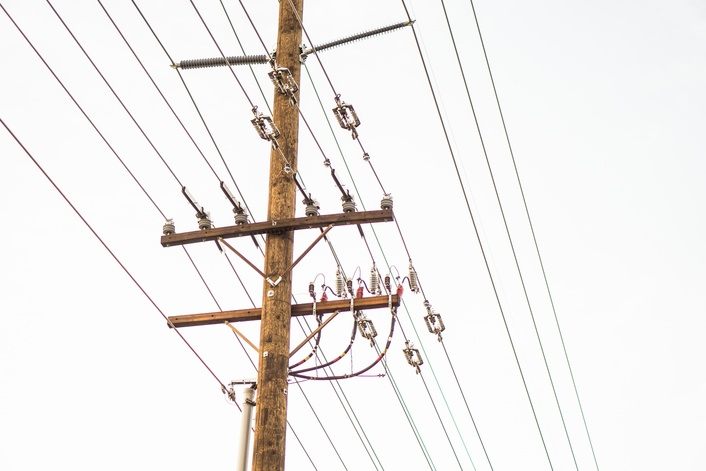The Low Down on Different Types of Utility Poles

When it comes to utility poles, there are three different types utility companies choose from: composite, steel, and wood poles. Each material comes with pros and cons of their own. No matter what type of poles are used near your home or business, Critter Guard’s Pole Guard can help protect your pole from damage caused by squirrels or other critters.
Composite Utility Poles
Composite utility poles are strong, easily mass produced, and relatively inexpensive. The biggest problem with composite utility poles is that their mass-to-energy absorption rate is extremely low, making them a poor choice for utility lines that are near roads and forests.
Steel Utility Poles
While steel poles are more expensive to manufacture, the low levels of greenhouse admissions while manufacturing steel utility poles, combined with the lack of bio-dome forestry disturbance, makes them one of the eco-friendliest utility pole options. However, utility companies are hesitant to use steel poles based on the fact that if a line goes down and the live wire touches the steel, the pole becomes a dangerous conductor. Steel utility poles also are not as durable as composite poles. Every time a new hole is drilled through the pole, it becomes a new opportunity for rust to develop, decreasing the life expectancy of the steel pole.
Wood Utility Poles
Wood utility poles are another great option but do come with a few downsides. Wood poles decay over time, are not fireproof, and are more susceptible to critter damage. However, most utility companies continue to use the wooden poles because they're easy to handle, easy to come by, are excellent insulators, and have a high mass-to-energy absorption rate. While wood poles might not last as long as steel and composite utility poles, utility companies all over the world report that they can reasonably expect to get 50 years of use out of each wooden utility pole they install.
Critter Guard is an expert on utility poles and how to protect them from all types of critter damage. Contact us today to learn more about keeping your company's utility poles free from meddling squirrels and rodents.
- Choosing a selection results in a full page refresh.


